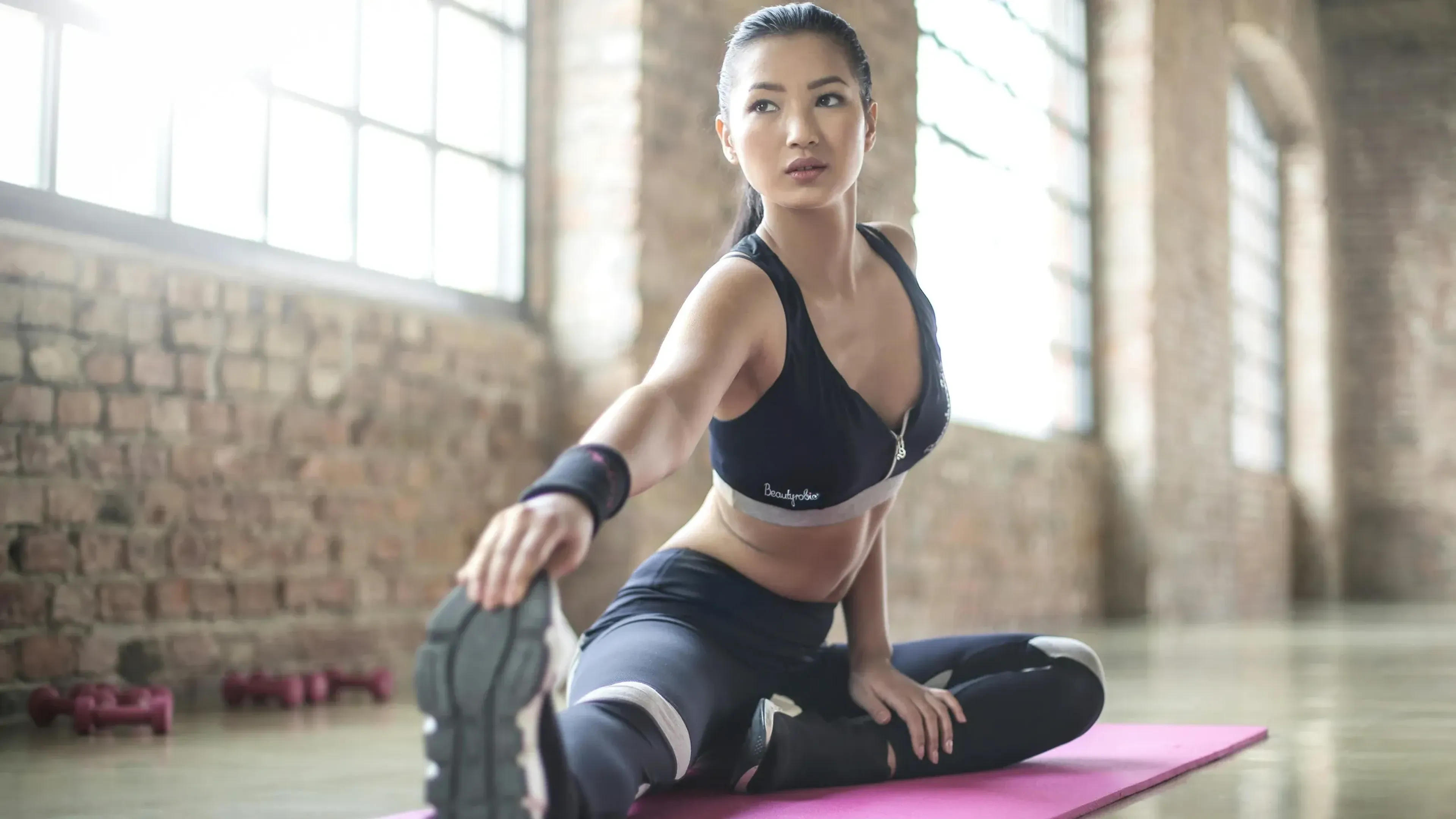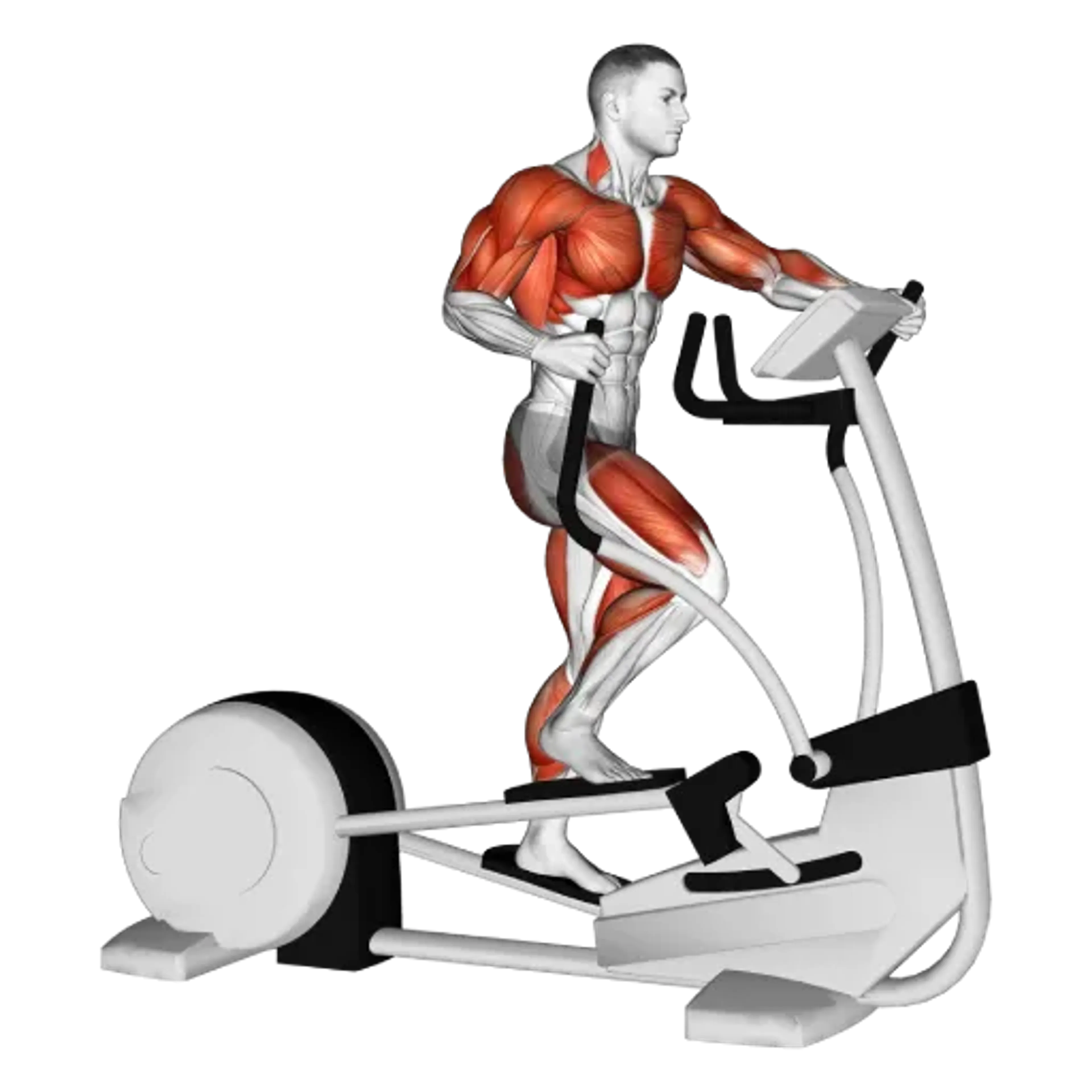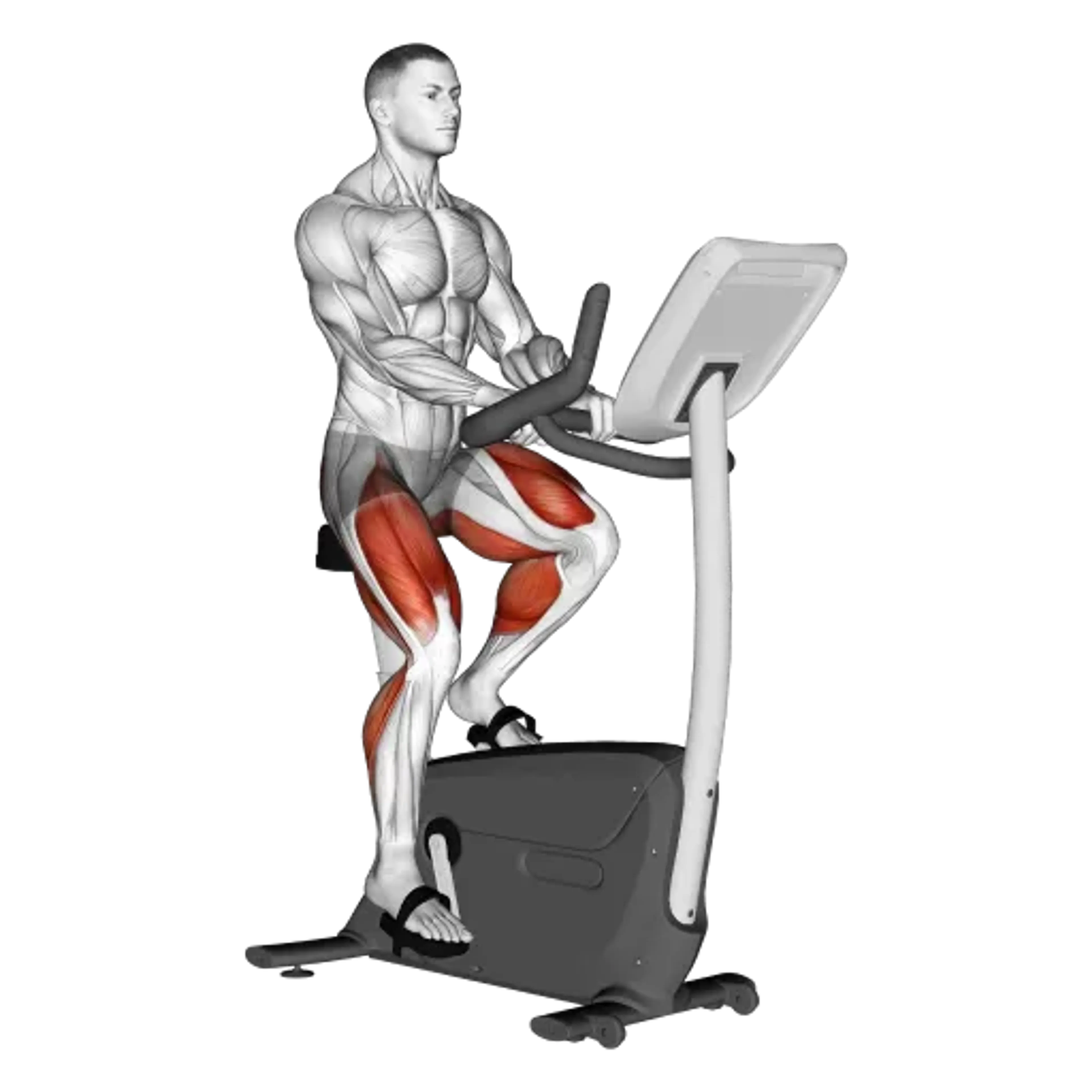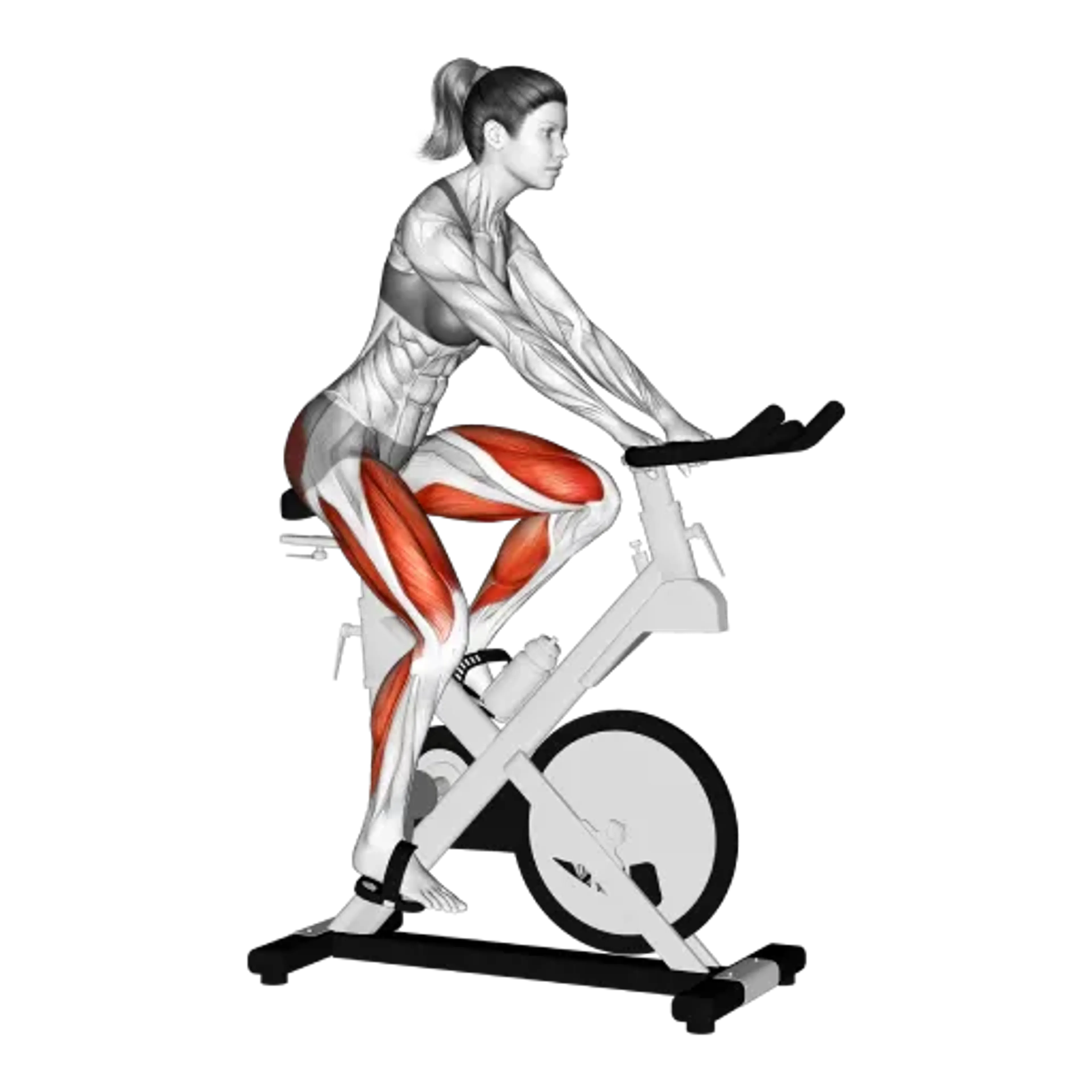Rowing Machine

Overview
- Primary Focus:
- Cardio.
- Equipment:
- Machine.
- Difficulty:
- Intermediate.
General Information
Rowing Machine is a cardio exercise that improves cardiovascular endurance and overall fitness. It is considered an intermediate-level activity, depending on intensity and personal capabilities. It combines elements of both strength and endurance training, providing a full-body workout that challenges the upper body, lower body, and core.
Unlike many cardio machines that focus primarily on the legs, the rowing machine requires synchronized coordination of multiple muscle groups. Each stroke involves pushing with the legs, stabilizing with the core, and pulling with the arms—making it a highly efficient exercise for calorie burning and total-body conditioning.
It also places minimal stress on the joints, making it a suitable option for those who want a low-impact but high-intensity workout. Whether used for long steady sessions or interval-style training, rowing can be a highly effective addition to most fitness routines.
Muscles Worked
- Latissimus Dorsi
- Primary
- Rhomboid Major
- High
- Upper Trapezius
- High
- Biceps Brachii
- Medium
- Biceps Femoris
- Medium
- Brachialis
- Medium
- Brachioradialis
- Medium
- Erector Spinae
- Medium
- Semitendinosus
- Medium
- Vastus Lateralis
- Medium
- Vastus Medialis
- Medium
- Gastrocnemius (Lateral Head)
- Low
- Gastrocnemius (Medial Head)
- Low
- Gluteus Maximus
- Low
- Rectus Abdominis
- Low
- Soleus
- Low
Instructions
- Adjust the foot straps to secure your feet snugly on the footrests.
- Sit upright and grab the handle with both hands using an overhand grip.
- Begin in the "catch" position: knees bent, arms extended, and back straight.
- Push through your heels to extend your legs while keeping your arms straight.
- As your legs straighten, lean back slightly and then pull the handle toward your torso.
- Reverse the movement: extend your arms, lean forward from the hips, and bend your knees to return.
- Maintain a smooth, consistent rhythm throughout your session.
Common Mistakes
Injuries
Rowing Machine is a low to medium risk exercise. While generally safe, incorrect technique can lead to repetitive strain or posture-related injuries.
Lower back pain is the most common issue, often caused by rounding the spine during the drive or recovery phases. Shoulder strain or wrist discomfort can also occur if the handle is pulled incorrectly or with excessive tension.
To prevent injury, focus on keeping a neutral spine, using controlled movements, and engaging your core. Avoid jerky motions, overextending the arms, or leaning too far back. A proper warm-up and gradual increase in resistance are also helpful to reduce risk.
Alternative Exercises

Frequently Asked Questions
- Q: How long should I row for a good workout?
A 20-30 minute session is effective for most goals, depending on intensity.
- Q: Can beginners use a rowing machine?
Yes, but it’s important to learn proper form to avoid injury.
- Q: Is rowing better than running for cardio?
Rowing offers a full-body workout with less joint impact, making it a great alternative to running.
Overview
- Primary Focus:
- Cardio.
- Equipment:
- Machine.
- Difficulty:
- Intermediate.



